Embark on a culinary journey around the world, tasting some of the most iconic and flavorful sausages that each country has to offer. From spice-laden delights to savory classics, these sausages are not just food, they’re cultural experiences that invite you to explore diverse traditions and flavors.
Chorizo
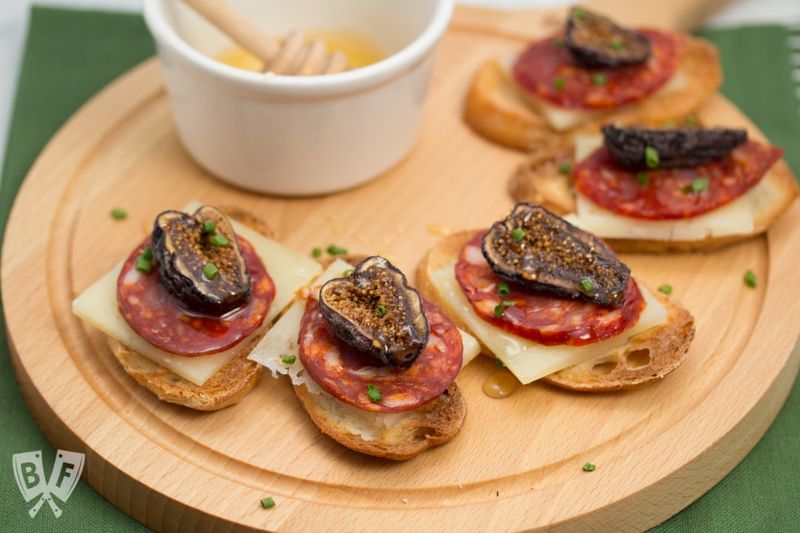
Chorizo, a beloved staple in Spanish and Latin American cuisine, captivates with its deep red color and smoky flavor. Infused with paprika, it’s a sausage that tells a story of tradition and spice.
Whether grilled or added to stews, chorizo brings warmth and a fiery kick to any dish, making it an indispensable ingredient. Its versatility allows it to shine in tapas, sandwiches, or simply on its own.
Did you know? Chorizo’s distinctive red color comes from dried smoked red peppers, a testament to its bold and vibrant character.
Bratwurst
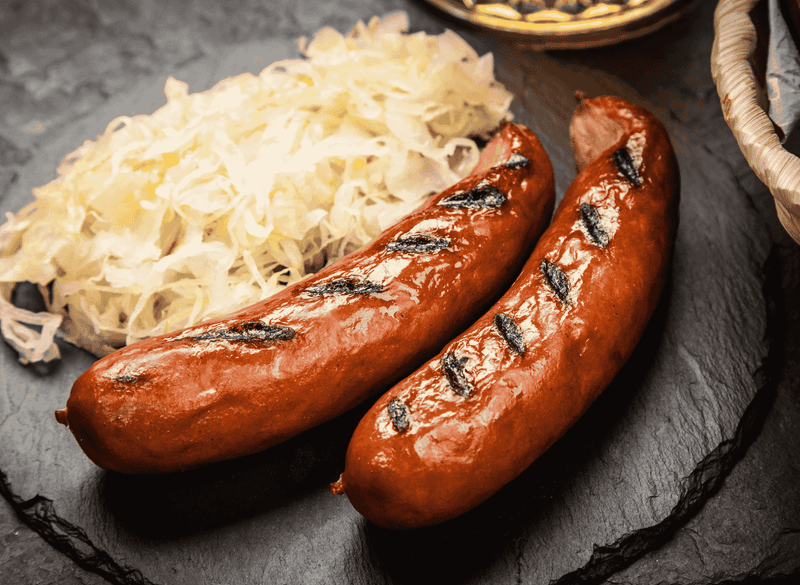
Bratwurst, a cornerstone of German cuisine, evokes images of cozy beer gardens and festive Oktoberfest celebrations. Its juicy, savory flavors are celebrated both in Germany and beyond.
Made from pork, beef, or veal, it’s seasoned with a unique blend of spices that gives it a distinct taste. Grilled to perfection, bratwurst is often enjoyed with a side of tangy sauerkraut and a cold beer.
Fun fact: The name “bratwurst” comes from the Old High German words “brät,” meaning finely chopped meat, and “wurst,” meaning sausage.
Boudin
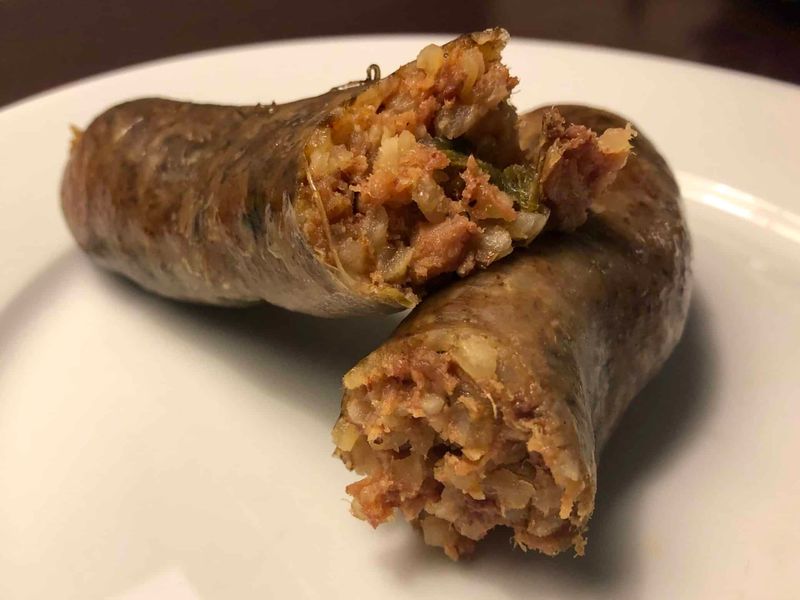
Boudin is not just a sausage; it’s a culinary icon in Louisiana, steeped in Cajun history and hospitality. This sausage combines pork, rice, and spices, creating a rich and hearty flavor.
Every bite of boudin tells a story of community and comfort, making it a favorite at family gatherings and festivals. Traditionally, it’s served either steamed or smoked, with crackers or pickles.
Did you know? Boudin’s origins trace back to the French settlers who adapted their recipes to the abundant ingredients found in the bayous of Louisiana.
Merguez

Merguez, a fiery lamb sausage from North Africa, brings the heat and a touch of exotic flair to dishes. Its bright red hue and aromatic spices make it a standout at any meal.
Typically grilled, merguez is packed with flavors of cumin, coriander, and harissa, transporting you to bustling Moroccan markets. It’s perfect for barbecues or alongside couscous.
Fun fact: Merguez has transcended its North African roots and found a place in French cuisine, where it’s a popular street food and a staple at picnics.
Andouille

Andouille sausage is synonymous with the rich culinary traditions of Louisiana, known for its smoky, spicy essence. Often used in gumbo and jambalaya, it’s a key ingredient in Cajun cooking.
Made from pork and seasoned with garlic, pepper, and wine, andouille is double-smoked, which enhances its deep, robust flavor. Its texture and taste add depth to any dish.
Did you know? The name “andouille” derives from the French word for “to insert,” referring to the sausage-making process that dates back centuries.
Kielbasa

Kielbasa, a cherished staple of Polish cuisine, embodies the heart and soul of Poland’s rich culinary heritage. Its smoky, garlicky flavor is a comfort to many.
Whether boiled, grilled, or smoked, kielbasa is versatile and beloved in many dishes, from hearty stews to simple sandwiches. Each bite is a nod to Polish hospitality.
Fun fact: The word “kielbasa” simply means “sausage” in Polish, but it represents a variety of types, each with its own unique blend of spices and preparation methods.
Salsiccia
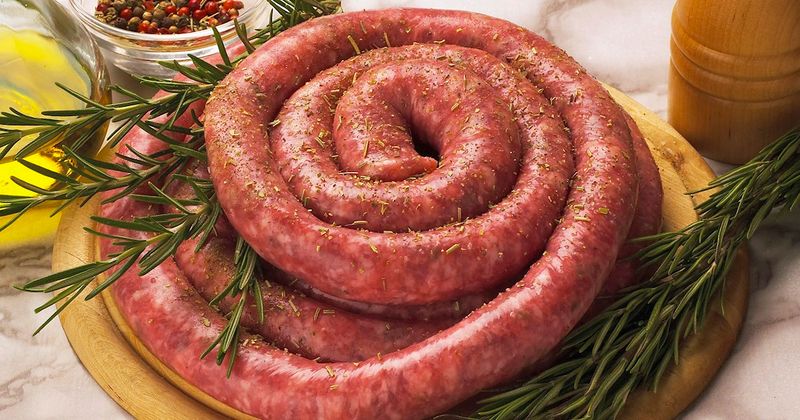
Salsiccia, Italy’s answer to sausage, is a culinary masterpiece that speaks to the country’s passion for flavors. It’s crafted with a perfect balance of herbs, spices, and high-quality pork.
Often enjoyed grilled or crumbled into pasta sauces, salsiccia embodies the rustic charm of Italian cooking. Its savory and aromatic notes are a testament to Italy’s rich gastronomic traditions.
Fun fact: Each Italian region offers its own version of salsiccia, showcasing local ingredients and techniques, making every bite a unique experience.
Boerewors

Boerewors, a traditional South African sausage, is more than just food; it’s a cultural experience. Known for its coiled shape, it’s a staple at any braai (barbecue) gathering.
Made from beef and pork, spiced with coriander, cloves, and nutmeg, boerewors delivers a distinctive, hearty taste. It’s a beloved dish that brings people together, celebrating South Africa’s vibrant community spirit.
Fun fact: The name “boerewors” combines the Afrikaans words for “farmer” and “sausage,” reflecting its origins in the farming communities of South Africa.
Lukanka
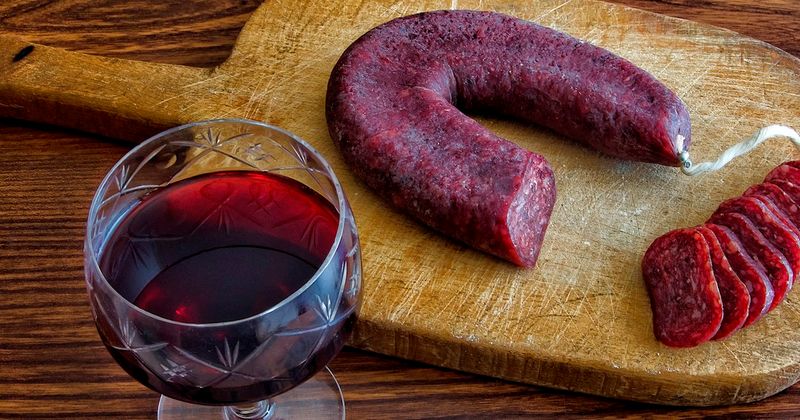
Lukanka, a traditional Bulgarian sausage, is celebrated for its unique flavor and texture. It’s made from a blend of pork, veal, and a rich mix of spices.
This semi-dry sausage is often enjoyed as an appetizer or in sandwiches, offering a taste that’s both spicy and savory. It’s a testament to Bulgaria’s deep-rooted culinary traditions.
Fun fact: Lukanka is typically encased in a skin that’s coated with a special mold, giving it a distinctive flavor and helping in its preservation process.
Morcilla

Morcilla, Spain’s famous blood sausage, is a delicacy that’s rich in flavor and history. Made with pork blood, rice, and spices, it’s a staple in Spanish cuisine.
Its earthy, bold taste is often enjoyed grilled or fried, adding depth to dishes like stews and tapas. Each bite is a journey through Spain’s rich culinary past.
Fun fact: Morcilla is not just a Spanish delight; variations of this blood sausage are found in many cultures, each with unique ingredients and flavors.
Weisswurst
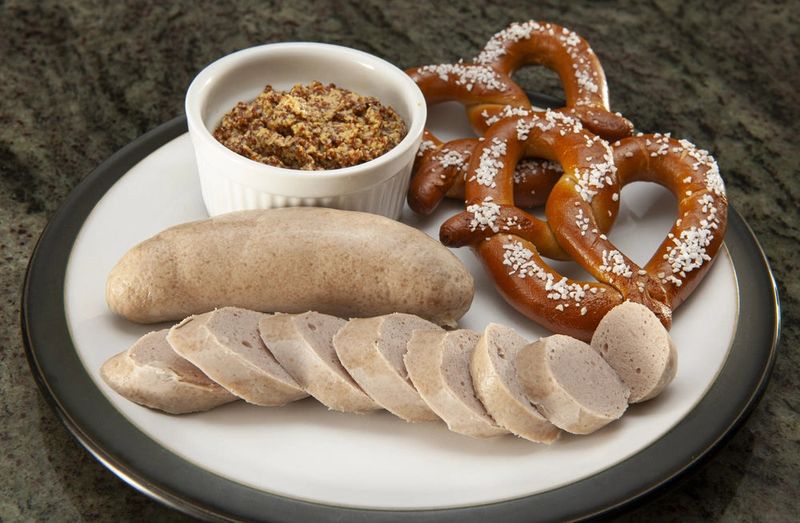
Weisswurst, a traditional Bavarian sausage, is a morning delight often savored with pretzels and sweet mustard. Its delicate flavor and tender texture make it a breakfast favorite.
Made from finely minced veal and pork back bacon, seasoned with parsley, lemon, and cardamom, weisswurst is typically boiled and consumed fresh.
Fun fact: Weisswurst is traditionally eaten before noon, as it was originally made without preservatives, encouraging people to enjoy it fresh from the morning markets.
Leave a comment